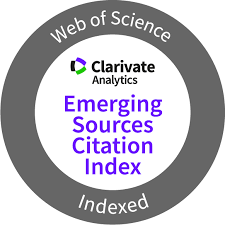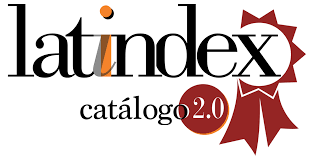Presentación: Las Relaciones Públicas en el nuevo milenio: retos y oportunidades / Presentation: Public Relations in the new millennium: challenges and opportunities
DOI:
https://doi.org/10.5783/revrrpp.v10i20.685Keywords:
Relaciones Púbicas, Tendencias, RetosAbstract
Cuando la Revista Internacional de Relaciones Públicas está empezando a celebrar su décimo aniversario (2011-actualidad), se ha considerado oportuno compartir investigaciones sobre los cambios y retos de las Relaciones Públicas en el nuevo milenio. Por eso, este número está dedicado a los últimos veinte años de las Relaciones Públicas.
Sin duda, durante las últimas dos décadas la sociedad en general y las Relaciones Públicas en particular, han vivido cambios transcendentales: la evolución tecnológica, los socialmedia… y, más recientemente, la pandemia, han dejado huella tanto en la profesión como en la investigación y docencia de las relaciones que con los públicos. Y estos cambios han hecho, si cabe, aún más necesarias las Relaciones Públicas.
Downloads
References
ALMANSA-MARTÍNEZ, A. y FERNÁNDEZ-SOUTO, A. Professional Public Relations (PR) trends and challenges. El profesional de la información, 29 (3). https://doi.org/10.3145/epi.2020.may.03
CABRERA-CABRERA, M. y ALMANSA-MARTINEZ, A. (2016). El director de relaciones públicas en las grandes empresas españolas. Revista Internacional de Relaciones Públicas, 6(11), 113-134. http://dx.doi.org/10.5783/RIRP-11-2016-07-113-134
DIRCOM (2018). Anuario de la comunicación 2018. Asociación de Directivos de Comunicación. Madrid: Dircom.
DIRCOM (2015). Anuario de la comunicación 2015. Asociación de Directivos de Comunicación. Madrid: Dircom.
DIRCOM (2010). Anuario de la comunicación 2010. Asociación de Directivos de Comunicación. Madrid: Dircom.
DIRCOM (2005). Anuario de la comunicación 2005. Asociación de Directivos de Comunicación. Madrid: Dircom.
Downloads
Published
How to Cite
Issue
Section
License
Authors publishing in this journal agree to the following terms:
a. Authors retain copyright and grant the journal the right to be the first publication of the work as licensed under a Creative Commons Attribution License that allows others to share the work with an acknowledgement of authorship of the work and initial publication in this journal.
b. Authors may separately enter into additional arrangements for non-exclusive distribution of the version of the work published in the journal (e.g., placing it in an institutional repository or publishing it in a book), with an acknowledgement of initial publication in this journal.
c. Authors are allowed and encouraged to disseminate their work electronically (e.g. in institutional repositories or on their own website) before and during the submission process, as it can lead to productive exchanges, as well as earlier and higher citation of published work (see The Effect of Open Access).




